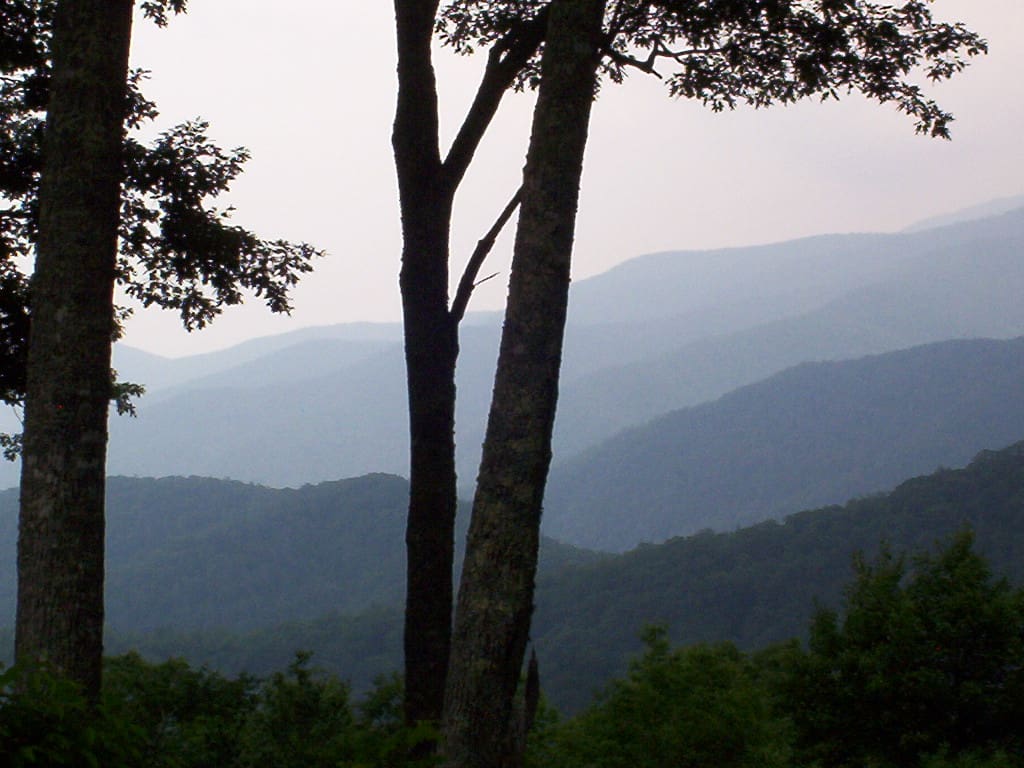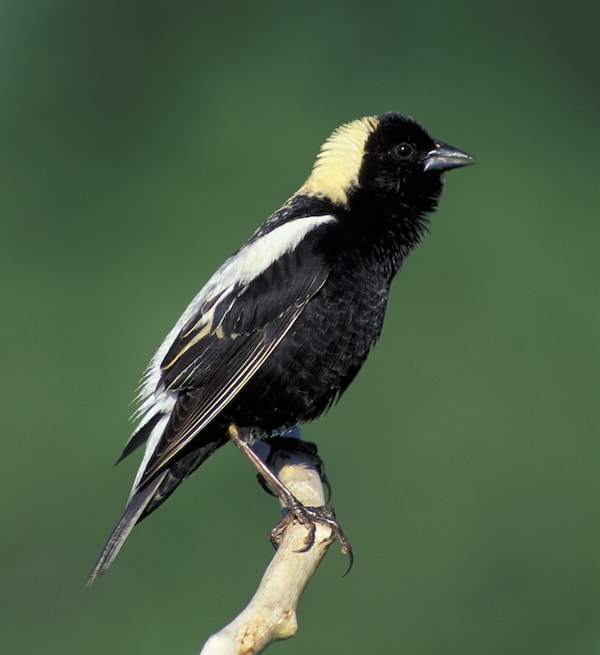Tennessee is diverse in physiography, vegetation, and habitat type. For bird monitoring and reporting purposes the state is divided into four regions. Within these regions there are other divisions representing distinct features important to understanding bird life.
Within the Western Coastal Plain is included the Mississippi Alluvial Plain — a narrow strip of low-lying, swampy, bottomland along the Mississippi River in the westernmost part of the state. Natural vegetation is primarily bald cypress, oak, and tupelo. Higher ground supports beech, elm, sweetgum and shagbark hickory. Spring here sees the earliest neotropical migration with many birds stopping along the river to nest. Migrating shorebird numbers are impressive in spring and fall.
The larger part of the region is the Western Coastal Plain proper. This region begins at the Alluvial Plain and is bordered on the east by the north-flowing Tennessee River. In the west the land is gently rolling and mainly agricultural while the rougher and higher parts are closer to the eastern boundary. The forests are mainly oak-hickory-pine with swamp forests in the far west. The winter birds are ducks, geese, and sparrows. Red-tailed hawks rule in the warmer months.
The Highland Rim and Basin region includes the Western and Eastern Highland Rim and the Central Basin: The Western and Eastern Highland Rim lie between the Tennessee River and the Cumberland Plateau. The rim is an upland plain of low-to-moderate fertility that surrounds the Nashville or Central Basin. The Eastern Highland Rim is higher, averaging 1,000 feet above sea level. The forests of the rim are primarily oak-hickory with prairie on portions of the Western Rim. The important birds of the area are breeding woodland species and passerines in migration. Pileated and other woodpeckers and owls are omnipresent.
The Central Basin, an oval-shaped lower region (550 feet elevation) extending some 80 miles north–south and 50 miles east–west, is surrounded by the Western and Eastern Highland Rim. Some parts of the basin have deep soils with good agriculture, but other portions have thin soils fit only for grazing. The distinctive forest feature of the area is the red cedar glade. Scattered oak, hickory, hackberry, winged elm and redbud occur as well. In the basin, prolific summer birds are indigo bunting, American goldfinch, American robin, and eastern bluebird. Swallows, chimney swifts, and common nighthawks are everywhere, as well. Winter sparrows cover the grasslands and forest edges.
The Eastern Ridge and Valley region includes the Cumberland Plateau: The Cumberland Plateau is some 50 miles wide and runs northeast to southwest between the Eastern Highland Rim and the Eastern Ridge and Valley. The average elevation of the plateau is 2,000 feet, but some of the mountains on the upturned eastern edge climb to more than 3,600 feet. The once-flat plateau has been deeply carved by streams into deep, steep valleys. Much of the area is rugged terrain and virtually inaccessible. The forest is oak-hickory-pine with some mixed beech, tulip poplar, sugar maple, oaks, and hemlock to the north. Black-throated green and several other warblers breed here. Alder and great crested flycatcher do also. Broad winged hawks hold sway in the woods. In winter, white-breasted nuthatch and yellow-bellied sapsucker are here.
The Eastern Ridge and Valley proper stretches a width of some 60 miles from the eastern escarpment of the Cumberland Plateau to the Tennessee portion of the Blue Ridge Mountains known as the Unaka Range. The ridge and valley, which contains the Great Valley of the Tennessee River, is a succession of cultivated valleys, running generally southwest-northeast, that are separated by forested ridges. The elevations range from 2,000 to 2,500 feet. Appalachian oak forest predominates but other tree types, including shortleaf and Virginia pine, occur. On the rivers and lakes ducks, geese and sandhill cranes abound in colder months. The northern rough-winged, tree, cliff and even bank swallow breed here, as do loggerhead shrike and eastern bluebird. The mixed farmland and upland woods makes for a variety of good birds at any season.
The Eastern Mountain region is the chain of mountains known as the Blue Ridge Mountains forming the southern part of the Appalachians. The Tennessee range, the Unakas, runs southwest to northeast and includes a large portion of the Great Smoky Mountains National Park. The highest point in the state, Clingman’s Dome, is in the park. The area is sparsely populated and heavily forested. The forests of the lower elevations are deciduous hardwoods of the Appalachian oak type. At the higher elevations spruce and Frazier fir dominate. Some of the higher peaks have no trees and are called “balds.”
Ruffed grouse can be seen throughout the mountains. Many high altitude breeding birds such as veery, Canada, black-throated blue, and other warblers, winter wren, and rose-breasted grosbeak can be found. The mountains are cool, pleasant and good for birds and birders, too.




